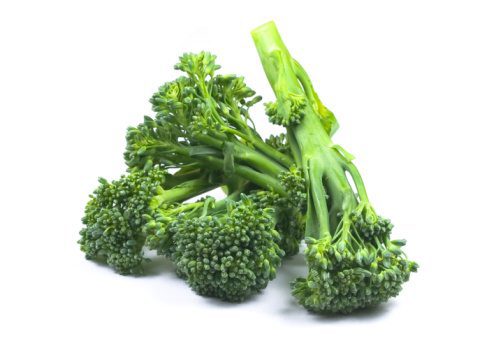The federal government has chosen a cleantech venture capital veteran, Ivor Frischknecht, to be the inaugural CEO of the Australian Renewable Energy Agency (ARENA), which will have $3.2 billion to invest in emerging technologies. Frischknecht has been investment manager of Starfish Ventures, which invested in companies such as Ausra, the solar thermal technology now owned by France’s Areva, and Energy Response, a specialist in demand response technologies.
Frischknecht’s appointment wa announced with those of new board members Dr Jane Sargison, Betsy Donaghey, Judith Smith and Mark Twidell, who join the previously announced chair Greg Bourne, Dr Brian Spalding and Drew Clarke. “The board appointments ensure ARENA has a good mix of skills across renewable energy technology, commercialisation, investment and corporate governance,” Energy Minister Martin Ferguson said.
Dr Sargison was Engineers Australia’s National Professional Engineer of the Year in 2011, Smith was head of private equity at Industry Funds Management, Donaghey has had senior roles at Woodside Petroleum and BHP Billiton, and Twidell is currently executive director of the Australian Solar Institute.
D-Day for grants recipients
Today – or technically tomorrow – is D-day for two key grants recipients, the Solar Dawn consortium which want to build a $1.2 billion solar thermal plant in Queensland (using the Ausra technology mentioned above), and the developers of the $300 million HRL plant.
Solar Dawn had until June 30 to lock in financing for its project – and access to a $464 million grant from the federal government and a $75 million from the Queensland state government. It was given an extension after failing to meet its initial December deadline. Spokespeople for the company were not commenting this morning.
The $150 million grant for HRL composed of a $100 million grant made by the then Howard government and $50 million by the then Bracks government towards its “clean coal” technology to gassify brown coal and reduce its carbon emissions to about those associated with black coal power plants. The project, hotly opposed by environmental groups, was granted an extension earlier this year by Federal Energy Minister Martin Ferguson .
German deal on solar
German’s government has finally struck a deal with the states on the winding back of solar subsidies, agreeing to end them completely once 52GW of solar PV had been installed (the country now has around 32GW). A stalemate over the subsidies had threatened to hold up the country’s energy transition, but in a compromise deal the government has said it will try and maintain (or control) a “solar growth corridor” of 2,500-3,500MW a year. Once the 52GW cap as been reached, a new formula will be found. In once concession, mid-size roof systems of 10- 40kW will get a subsidy of 23c/kWh, igher than planned. Other systems will be subject to subsidy cuts as originally planned. “We’ve confirmed the expansion of solar energy, while taking care that excessive growth is avoided,” Environment Minister Peter Altmaier said. “Growth in installations will be kept at a calculable level.”
Australian wind farm sale
Reuters reports that China’s Xinjiang Goldwind Science & Technology has sold its 19.5 megawatt Mortons Lane wind farm in Victoria to CGN Wind Energy, a unit of China Guangdong Nuclear Power Group. Goldwind, China’s second-biggest wind turbine maker, also secured a power purchase agreement and the installation of the first Goldwind turbines in Australia through the project. The Morton’s Lane project will use 13 1.5MW Goldwind wind turbines. The Mortons Lane wind farm would become CGNWE’s first Australian renewable energy project.










